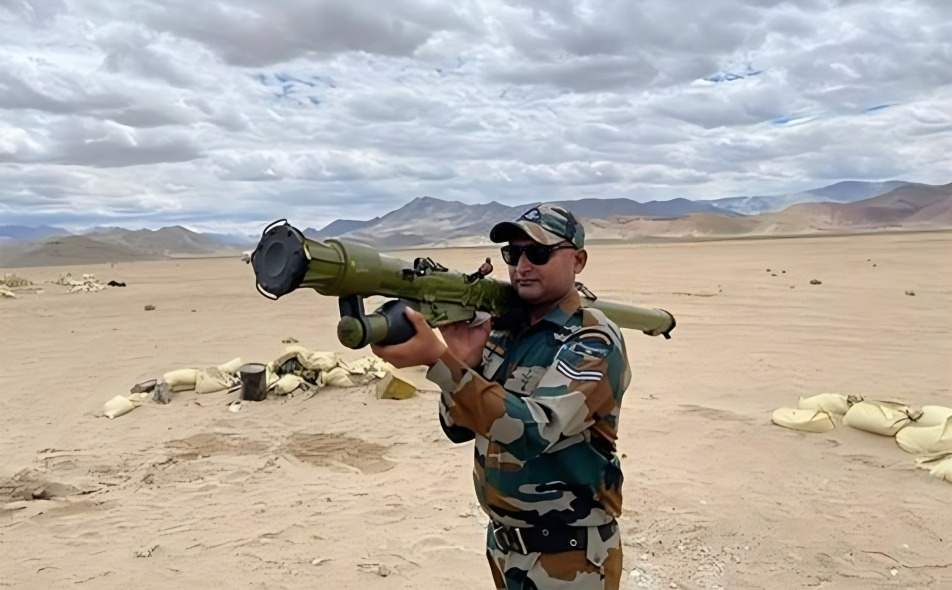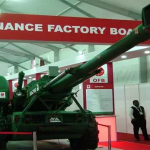The Indian Army has significantly strengthened its short-range air defense capabilities with the recent induction of Russian-made Igla-S shoulder-fired missiles. The new weaponry has been deployed to forward areas, particularly along the western border with Pakistan, amid rising security concerns following the deadly Pahalgam terror attack.
Procured under emergency powers granted by the central government, the Igla-S missiles—part of a ₹260 crore contract—represent a vital upgrade to India’s Very Short Range Air Defence Systems (VSHORADS). Defence sources revealed that the advanced systems arrived several weeks ago and are now operational in high-risk sectors to counter aerial threats posed by enemy drones, helicopters, and low-flying aircraft.
The Igla-S system, an improved version of the legacy Igla platform used by the Indian Army since the 1990s, features cutting-edge infrared sensor technology and a multispectral optical seeker. These enhancements allow for greater accuracy, target discrimination, and resistance to countermeasures—critical for neutralizing agile aerial platforms.
In addition to these deliveries, the Army has floated a fresh tender for 48 new launchers and approximately 90 more VSHORADS (IR) missiles under fast-track procedures. Concurrently, it is evaluating laser beam-riding missile systems to further diversify its short-range air defense arsenal. In the interim, older Igla units have been refurbished by an Indian firm to extend their usability.
The urgency behind these moves is driven by an increase in cross-border drone incursions and low-altitude surveillance activities by Pakistan. To address this, the Army has also deployed the indigenous Integrated Drone Detection and Interdiction System (Mark 1), capable of identifying and disabling drones from over 8 kilometers away using jamming and laser-based interception. The system recently demonstrated its effectiveness by neutralizing a Pakistan Army drone in the Jammu region.
India’s Defence Research and Development Organisation (DRDO) has also been contributing with its development of a high-powered direct energy weapon, designed to target larger drones and cruise missiles. Plans are also underway to acquire low-level transportable radars to further enhance threat detection and engagement capabilities.
These developments reflect a broader strategy across India’s armed forces to modernize air defense systems through rapid and strategic procurements. The Indian Air Force, in parallel, has signed a similar contract for VSHORADS systems, underscoring a unified defense posture amid an evolving regional threat landscape.
As geopolitical tensions continue, the induction of the Igla-S and supporting systems is expected to play a key role in securing India’s airspace and ensuring operational readiness in critical border zones.













